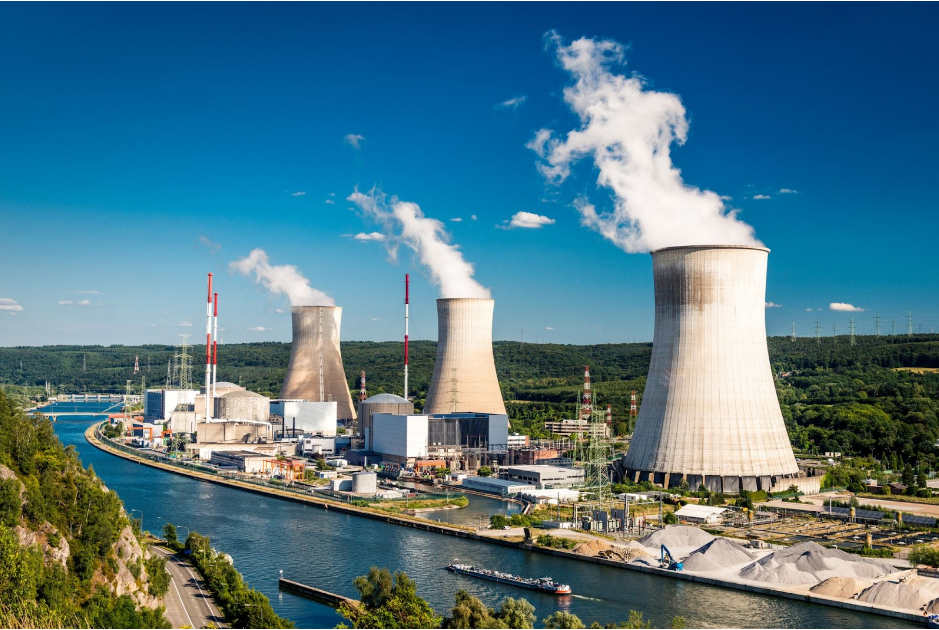
Today, Europe remains one of the world’s leaders in the field with powerful nuclear power plants supplying stable electricity to millions of Europeans. Europe’s nuclear stations differ in scale and output, so let’s take a look at the top ten most powerful plants as of August 2025.
Europe’s Nuclear Power Plants — Top 10
1. Zaporizhzhia NPP (Ukraine, 5,700 MW)

Located in Enerhodar, Zaporizhzhia NPP is the largest nuclear power plant in Europe with six VVER-1000 reactors commissioned between 1985 and 1996. It supplied about 20% of Ukraine’s electricity before the war, but since 2022 has been under Russian military control, raising concerns about nuclear safety.
2. Gravelines NPP (France, 5,460 MW)
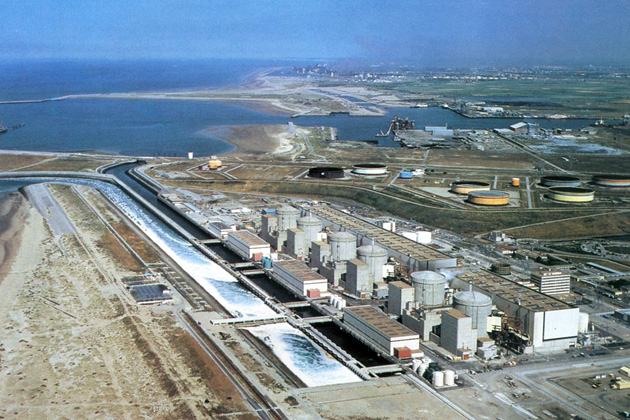
Located near Calais, Gravelines is France’s largest nuclear plant with six PWR reactors of 910 MW each, commissioned between 1980 and 1985. It supplies electricity to over 2 million households and was the second plant in the world to surpass 1,000 TWh produced.
3. Paluel NPP (France, 5,320 MW)
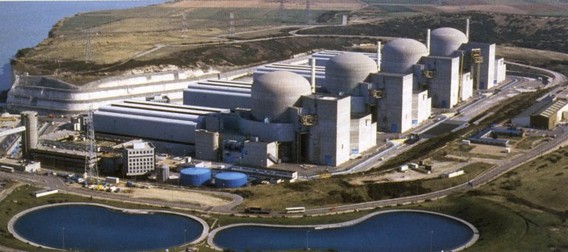
Located in Normandy, Paluel has four PWR reactors of 1,330 MW each, commissioned between 1984 and 1986. Using seawater for cooling, it supplies electricity to about 2 million households.
4. Cattenom NPP (France, 5,200 MW)

Located in Grand Est on the Moselle River, Cattenom has four PWR reactors of 1,300 MW each, commissioned between 1987 and 1991. It supplies electricity to eastern France and neighboring countries, employing about 1,200 people.
5. Tricastin NPP (France, 3,660 MW)

Tricastin NPP is located on the Donzère-Mondragon Canal near the Rhône River, between the Drôme and Vaucluse departments. The station is part of the large Tricastin nuclear complex, which also includes a uranium enrichment plant. Until 2012, three out of four reactors were used to power the Eurodif uranium enrichment plant.
6. Olkiluoto NPP (Finland, 3,380 MW)
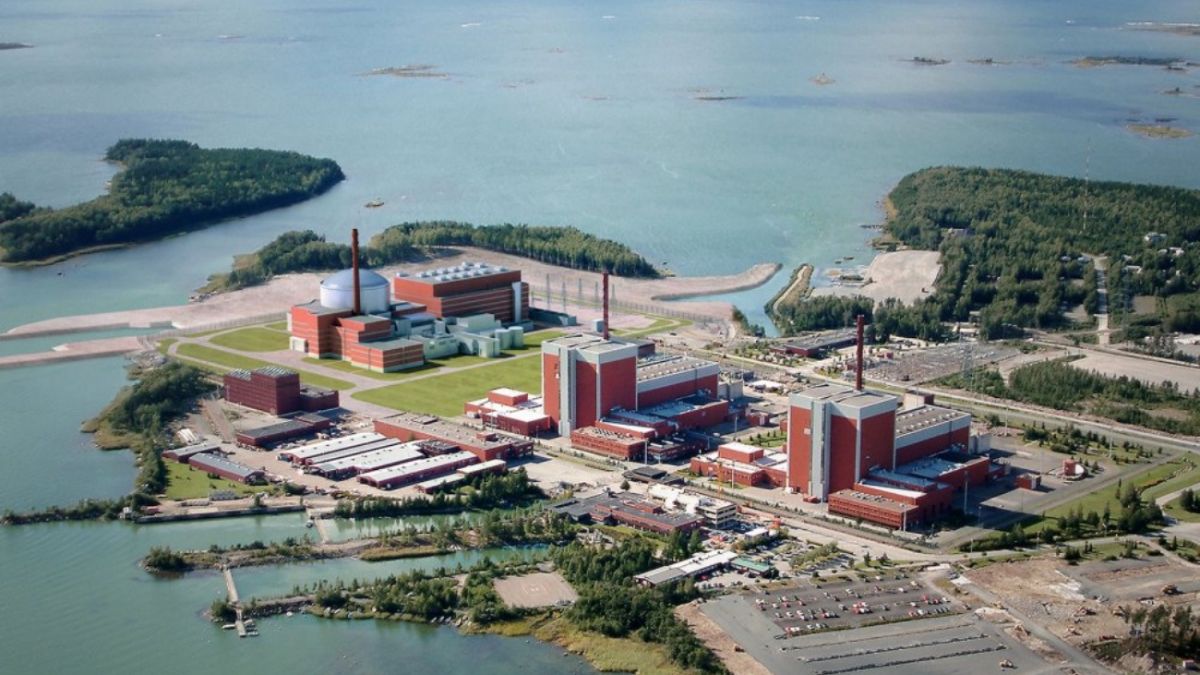
Located on Olkiluoto island, the plant includes three reactors (two BWRs of 890 MW and one EPR of 1,600 MW), commissioned in 1978, 1980 and 2023. The third unit is the most powerful in Europe, and the station also hosts the world’s first spent fuel repository, Onkalo.
7. Tihange NPP (Belgium, 3,008 MW)
 Located in Liège province, Tihange has three PWR reactors (962 MW, 1,008 MW, 1,038 MW), commissioned in 1975, 1983 and 1985. It supplies 15% of Belgium’s electricity, with Tihange-3’s operation extended to 2035.
Located in Liège province, Tihange has three PWR reactors (962 MW, 1,008 MW, 1,038 MW), commissioned in 1975, 1983 and 1985. It supplies 15% of Belgium’s electricity, with Tihange-3’s operation extended to 2035.
8. Doel NPP (Belgium, 2,909 MW)
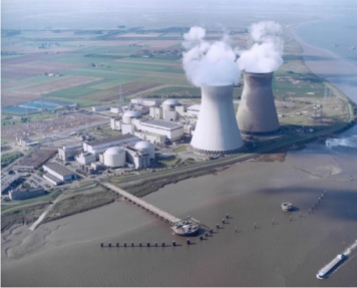
Located in Antwerp province, Doel has two operating PWR reactors (433 MW and 1,006 MW), commissioned in 1975 and 1985. Doel-1 and Doel-3 were shut down (2022 and 2025), while Doel-4 will operate until 2035.
9. Forsmark NPP (Sweden, 3,300 MW)

Located in Östhammar municipality, Forsmark has three BWR reactors of 1,100 MW each, commissioned in 1980, 1981 and 1985. It supplies a significant part of Sweden’s electricity and plans a spent fuel repository.
10. Ringhals NPP (Sweden, 2,204 MW)

Located on Sweden’s west coast, Ringhals has two operating PWR reactors (1,074 MW and 1,130 MW), commissioned in 1981 and 1983. It supplies electricity to southern regions with high safety standards.
In summary, Europe’s nuclear power plants play a key role in ensuring the continent’s stable and secure energy system. They not only cover a significant share of electricity needs but also help reduce dependence on fossil fuels. European nuclear stations demonstrate technological diversity, innovation and high productivity, enabling states to effectively balance energy independence and environmental commitments. Despite challenges and discussions about nuclear safety, Europe’s nuclear plants remain a vital part of sustainable development strategy for decades to come.







